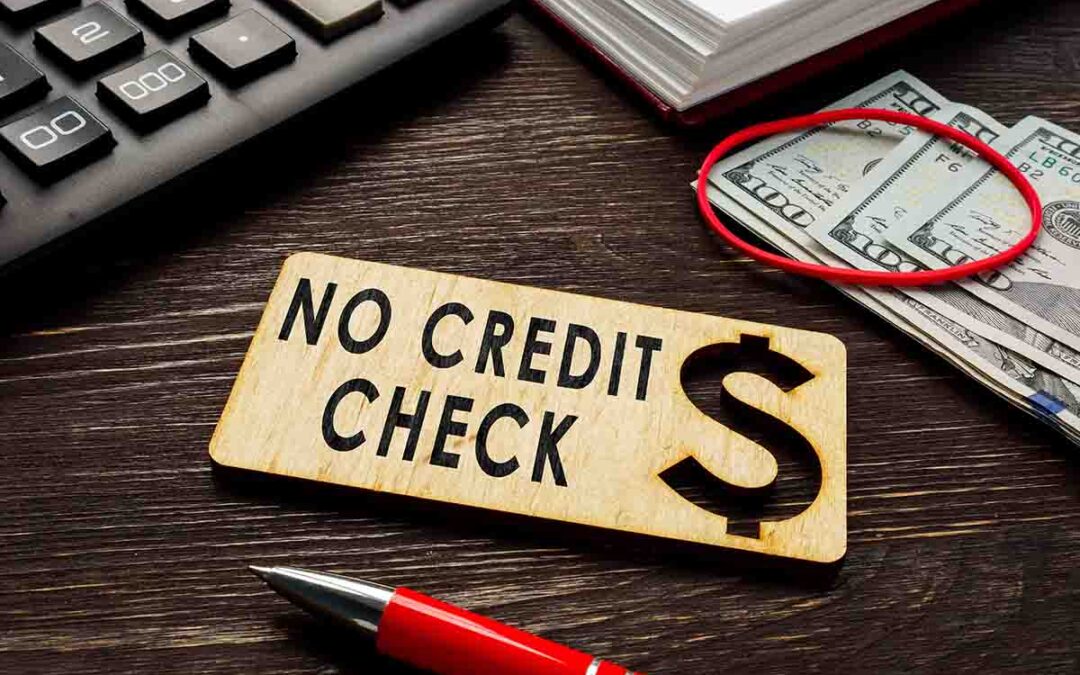How to Rebuild Credit: A Strategic Path to Financial Control That Actually Works
If you’re searching for how to rebuild credit, chances are you’ve already felt the sting—loan denials, sky-high interest rates, or the judgmental silence of a credit report filled with red flags. Rebuilding credit isn’t just a financial chore—it’s a return to freedom, options, and confidence. And if you’ve tried before and hit a wall, this time you’ll take a far more calculated route.
Rebuilding Credit Isn’t About Fixing Numbers—It’s About Reclaiming Control
Credit challenges can feel personal. They don’t just block mortgages and car loans—they quietly erode your financial opportunities. Your insurance premiums climb. Apartment applications get ignored. Even job offers can vanish if your credit raises red flags.
But here’s the truth: credit isn’t static. It’s engineered to respond to action—very specific, highly intentional actions. And that’s exactly what you’ll discover here.
Immediate Moves That Accelerate Credit Rebuilding
To create momentum, start with high-impact decisions. These aren’t generic tips—they’re strategic first steps built for results.
1. Get a Secured Credit Card—Then Hack It
A secured card gives lenders reassurance while giving you a second chance. But the key isn’t just getting one—it’s how you use it.
Best practice:
-
Use less than 10% of your limit
-
Pay off the full balance before the statement closes
-
Set auto-pay reminders to lock in consistency
Why it works: Most scoring models reward ultra-low utilization and consistent payment history over time.
✅ FAQ: Can a secured credit card really rebuild credit?
Yes. It reports just like a regular card to all major bureaus. The secret lies in usage and timing, not the product itself.
2. Become an Authorized User on the Right Account
This technique is often underestimated—but when executed carefully, it accelerates your score like few others.
How to do it right:
-
Ask a trusted person with a long-standing, high-limit credit card
-
Make sure their utilization is low and they’ve never missed a payment
-
Ensure the issuer reports authorized users to credit bureaus
Bonus: You don’t even need to use the card—just being linked to the account boosts your credit age and payment history.
3. Negotiate “Pay-for-Delete” on Collections
Most people just pay off collections and hope for improvement. That’s reactive. Instead, use leverage.
How it’s done:
-
Contact the collections agency before paying
-
Request removal of the account in exchange for payment
-
Get the agreement in writing before sending funds
Insider insight: Many agencies agree—because paid collections are less valuable. Once paid, you lose your negotiating power.
Strategic Maintenance: Small Habits That Yield Big Results
After your initial steps, the game shifts to maintaining gains and stacking positive behaviors over time.
✔️ Automate On-Time Payments
Payment history is 35% of your score. Set up auto-pay for at least the minimum on all accounts. It’s the easiest win.
Pro tip: Use a dedicated account with enough padding so one overdraft doesn’t trigger a domino effect of missed payments.
✔️ Monitor Your Credit Monthly—But Not Emotionally
Use tools like Credit Karma or Experian to check changes monthly. Watch for:
-
Utilization spikes
-
New inquiries
-
Incorrect listings
Mental note: Your credit score is a lagging indicator. Don’t get discouraged by short-term fluctuations.
✔️ Diversify Credit Types Over Time
Once stable, begin layering your credit profile:
-
Add a credit-builder loan (many local banks and credit unions offer these)
-
Eventually apply for a traditional credit card with rewards
-
Avoid taking on unnecessary debt for the sake of “mix”—it only matters when done responsibly
Advanced Tactics: Underutilized Techniques with Outsized Impact
For those who want to go beyond standard advice, these tactics provide a sharper edge.
✳️ Dispute Derogatory Marks with Documentation
Errors and outdated info haunt many credit reports. And they can be removed.
How to execute:
-
Pull all three credit reports (Equifax, TransUnion, Experian)
-
Dispute inaccuracies directly through each bureau’s website
-
Attach supporting documents: payment receipts, settlement letters, ID verification
Success tip: Focus first on late payments and accounts not belonging to you—these often yield the quickest removals.
✳️ Freeze Secondary Reporting Agencies
Most consumers don’t know that companies like LexisNexis, SageStream, and ChexSystems also influence your financial reputation.
How to use this:
-
Freeze these agencies to limit what lenders see during soft inquiries
-
This reduces the chances of being profiled by nontraditional data (like past evictions or utility bill defaults)
Why it matters: Some lenders pull this data quietly. Controlling it gives you more power.
✳️ Time Your Applications With Tactical Precision
Applying for new credit too frequently can tank your score. But the opposite—timing it strategically—can lead to better approvals.
Best window:
-
After 3–6 months of on-time secured card usage
-
After major derogatory marks (like bankruptcies) age past two years
-
When your credit utilization dips below 10% across all accounts
FAQs: Quick, Tactical Credit Rebuilding Answers
How long does it take to rebuild credit?
With disciplined habits and smart tools, significant improvement is often seen in 3–6 months, with full rebuilds taking 12–24 months depending on starting point.
What hurts credit the most?
Late payments, high utilization, frequent hard inquiries, and derogatory public records like bankruptcies or judgments.
Can I rebuild credit without getting into more debt?
Yes. Tools like secured cards or credit-builder loans are structured to report positively without requiring traditional borrowing or risk.
Final Thoughts: Own Your Credit Story—Don’t Just Fix It
Rebuilding your credit isn’t about making up for past mistakes—it’s about creating new leverage. It’s a strategy that opens doors: better loan terms, lower insurance premiums, and most importantly, control.
Don’t wait for your score to magically improve. Choose deliberate, calculated moves. Use the tactics above not just to rebuild—but to redesign your financial trajectory with intention.


